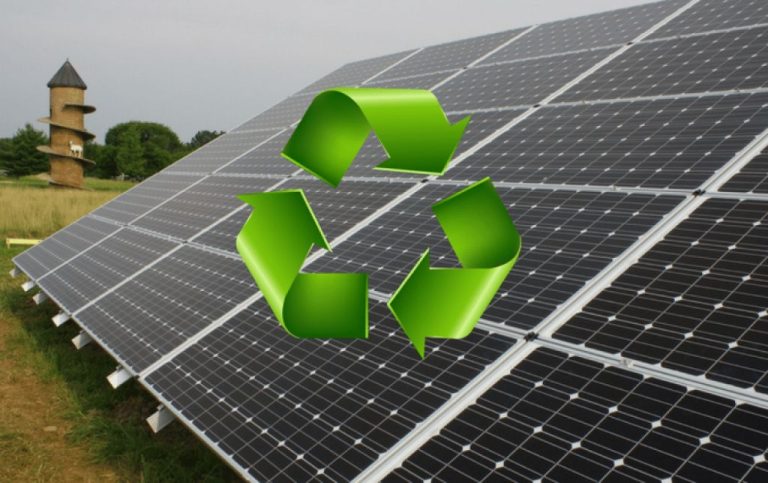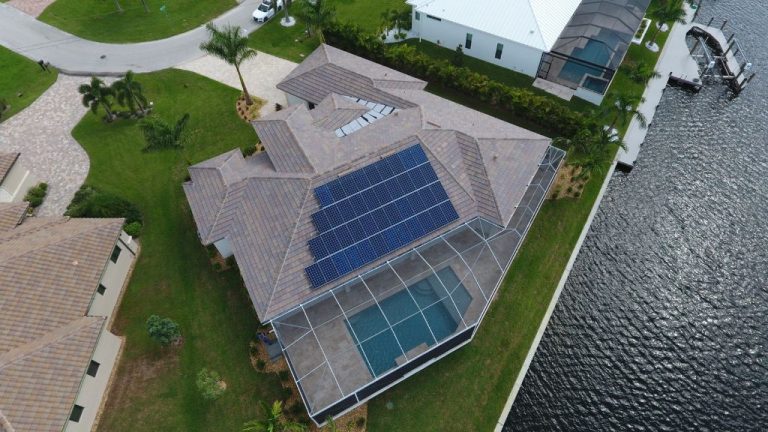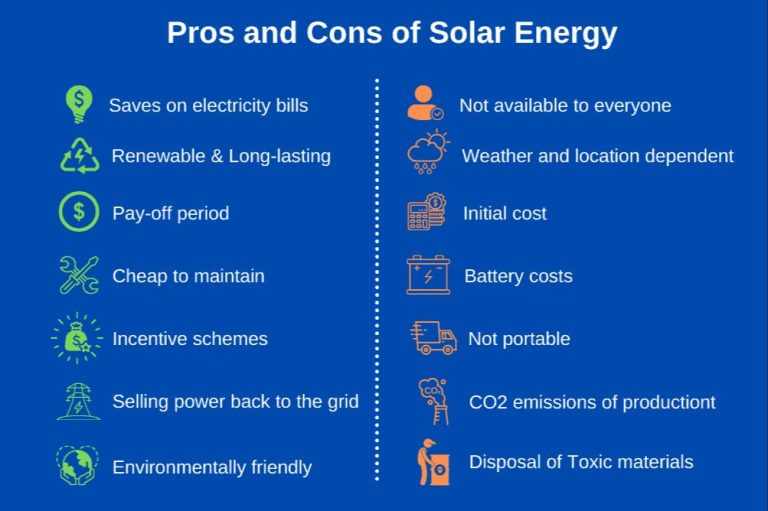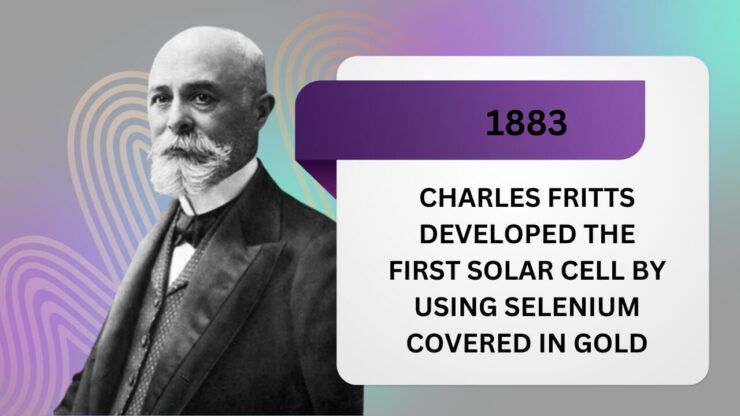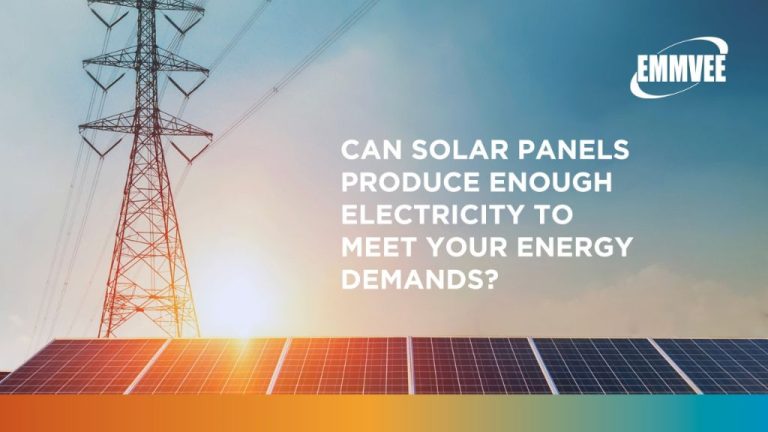Can Solar Power A Business?
The adoption of solar power by businesses has seen tremendous growth in recent years. According to a report by the Solar Energy Industries Association (SEIA), corporate solar adoption has soared, with U.S. businesses installing nearly 19 gigawatts (GW) of on-site and off-site solar capacity through June 2022, which is double the 9.4 GW of capacity installed through 2018 (https://www.seia.org/news/solarmeansbusiness2022). As the costs of solar technology fall and its benefits become clearer, companies across industries are embracing solar to reduce operating expenses and meet sustainability targets.
Benefits of Solar for Businesses
Installing solar panels can provide numerous benefits for businesses. One of the biggest advantages is significant cost savings on electricity bills. According to
https://www.kcgreenenergy.com/blog/businesses-benefits-solar-installation/
, solar energy systems allow businesses to lock in lower, fixed energy rates for 20-30 years. This protects them against utility rate hikes.
There are also attractive tax incentives available to offset the upfront costs of a solar installation. Many businesses can take advantage of federal solar tax credits as well as additional state and local incentives. According to
https://harmonsolar.com/5-benefits-of-solar-power-for-businesses/
, tax credits can cover 26% of installation costs for systems that are operational by the end of 2022.
Going solar also provides sustainability and branding benefits. More consumers prefer buying from eco-friendly companies. A solar array shows a commitment to using clean, renewable energy and reducing your carbon footprint. This environmental stewardship can be used in marketing materials to attract customers.
Solar System Options
When it comes to solar power for businesses, there are a few main system options to consider (The 3 Types of Residential & Commercial Solar Power Systems):
Rooftop Solar
Rooftop solar panels, as the name suggests, are installed directly on a building’s rooftop. This is one of the most common options for commercial solar systems. The roof needs to have proper solar access without being shaded. Rooftop systems are usually fixed tilt or use tracking mounts to follow the sun.
Ground-Mount Solar
Ground-mount systems have solar panels installed on racks or poles anchored in the ground, usually in a large open area. This allows orienting the panels for optimal sun exposure. Ground-mount works when there is ample open space and the rooftop doesn’t provide suitable solar access.
Community Solar
With community solar, businesses subscribe to a portion of a larger shared solar installation not located on their property. This allows access to solar energy without installing panels onsite. The business receives credits on its electricity bills based on the energy produced from its share of the community solar project.
Financial Considerations
When deciding to install solar panels for a business, one of the biggest considerations is cost. Here are some key financial factors to take into account:
The upfront cost of a commercial solar system can range anywhere from $3-$7 per watt depending on system size, panels, inverters and other equipment needed. According to a recent report, the average cost is around $2.50 per watt. For a 100 kW system, that equates to approximately $250,000.
There are several financing options to help offset this initial investment, including solar loans, power purchase agreements (PPA), and commercial property assessed clean energy (C-PACE) programs. The borrower takes on little to no upfront costs with these financing agreements.
The payback period – the amount of time it takes to recoup installation costs through energy savings – is an important calculation. For commercial solar, the typical payback period ranges from 4-7 years. This depends on system size, electricity costs in your area, and available tax credits and incentives.
To determine if solar is financially viable, businesses should conduct a detailed cost-benefit analysis, account for all incentives and financing programs, and calculate the payback period specific to their energy usage.
Calculating Solar Needs
The first step in calculating solar needs for a business is to assess the energy consumption. This involves analyzing past utility bills to determine the average amount of electricity used per month and at peak times. According to one source, “Begin by understanding the nuances of your office’s annual electricity usage, measured in kilowatt-hours (kWh)” (Source). It’s also important to account for future energy needs if the business is expanding.
Once energy usage is determined, the next step is proper system sizing. The solar panel system needs to be large enough to handle the necessary load, but not overly large. As one article explains, “How many solar panels do I need?” is a matter of dividing how much energy a solar panel can provide by how much your business uses” (Source). Factors like the number of sunlight hours in the location, panel efficiency, and desired backup power all factor into the ideal system size.
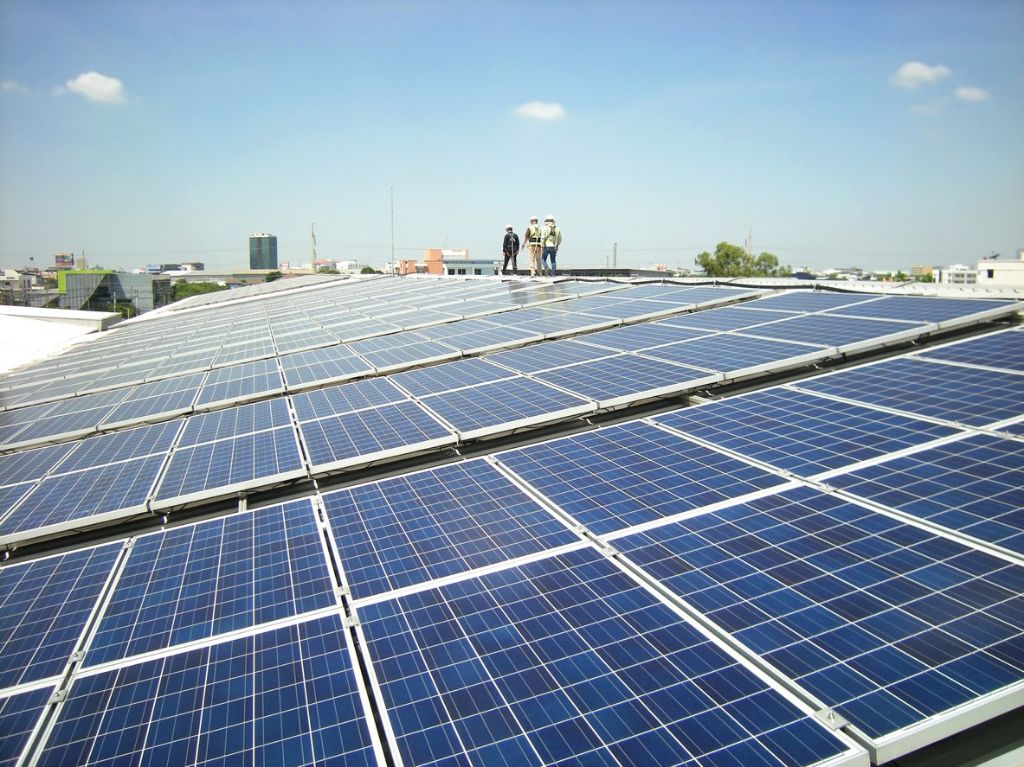
Consulting with solar professionals can help provide an accurate assessment of energy consumption and the properly sized solar system. They can also take into account rebates, incentives, and financing options to determine the return on investment.
Installation Process
The installation process for a solar energy system on a commercial building can take anywhere from 3-6 months depending on system size and components. Here is an overview of what businesses can expect during the solar installation process:
Permitting: Most jurisdictions require permits for solar installations on commercial buildings. The solar contractor will file for necessary permits with the local building department. This permit process can take 4-6 weeks depending on the jurisdiction.
Contractor Selection: It’s important for businesses to vet potential solar contractors thoroughly and compare multiple bids. Factors to consider include experience installing commercial systems, licensing and insurance, reputation, equipment brands, and warranty. Be sure to ask for references from past commercial solar clients.
System Design: Once a contractor is selected, they will create a detailed system design customized for your building’s specific energy needs and roof structure. This helps determine the exact number of solar panels and proper placement.
Equipment Delivery: The lead time for solar panels to be delivered ranges from 4-8 weeks. Other system components like inverters and racking typically ship within 1-2 weeks.
Installation: On average, commercial solar panel mounting and connections take 1-2 weeks for completion by the contractor. Larger or more complex projects can take 4 or more weeks.
Inspections: Throughout the installation, the local building department will inspect the system at stages like framing, wiring, and final completion. This ensures proper permitting protocols are followed.
Utility Sign-off: Once the system passes inspection, your solar contractor will coordinate with your electric utility to approve the interconnection and install a new net meter. This allows unused solar electricity to flow back to the grid.
Activation: When permits and utility approvals are finalized, your solar contractor will perform final testing and officially activate the solar energy system. Your business can immediately start offsetting electricity usage with solar power.
Ongoing Maintenance
While solar panels are very low maintenance, some regular upkeep is required to keep the system functioning efficiently. Monitoring the system and cleaning the panels are two key maintenance tasks for any solar installation.
Most solar panels come with a monitoring system that tracks energy production and can alert you to any issues. Monitoring system data regularly allows you to quickly identify and address any problems, like an inverter failure or debris buildup on panels. For businesses, choosing a remote monitoring option is recommended, so you can check on system performance anytime from a computer or mobile device.1
The equipment lifespan of most commercial solar systems is 25-30 years. But regular maintenance extends the usable life of your system. Major components like inverters may need replacement after 10-15 years.2 Proactively maintaining and replacing parts as needed ensures your system keeps functioning smoothly.
Cleaning solar panels is an easy maintenance task that can be done 2-4 times per year. Dust, dirt, bird droppings, pollen and other debris on panels can diminish power output. Simply spraying panels with a hose or using a soft brush and mild detergent to gently clean them can restore production. For businesses, it’s wise to have panels professionally cleaned 1-2 times a year for maximum output.
Case Studies
There are many real-world examples of businesses successfully adopting solar power. A few case studies showcase the benefits and results of switching to solar:
Genie Solar Energy – Commercial Solar Case Studies. This article highlights solar installations at schools, warehouses, office buildings, and more. The systems generated significant energy savings and quick ROI.
Commercial Solar Power Projects and Case Studies – SunPeak. SunPeak details large and complex commercial solar projects at airports, military bases, retail stores, and industrial sites across the country.
Case Studies: Commercial Solar Installation – SolarCraft. SolarCraft showcases solar energy systems at businesses, non-profits, schools, government buildings, and houses of worship in Northern California.
Challenges and Limitations
While solar power can provide many benefits, it also comes with some challenges and limitations that businesses should consider before installing a system:
Not all building types are well-suited for solar – Installations work best on properties with large, south-facing rooftops or open land. Solar can be more difficult to implement on high-rise buildings or properties surrounded by tall structures that cause extensive shading.
Upfront costs can be prohibitive – Even with incentives, installing a solar system requires significant upfront investment that may be challenging for some businesses to finance.
Bureaucracy and regulations – Navigating permits, grid-connection requirements, and incentive programs involves paperwork and government oversight. The complexities can discourage adoption.
Intermittency requires grid backup – Solar only produces power when the sun is shining. Battery storage can help but isn’t economical yet for large-scale needs. The grid is still required for backup power.
Limited space is a constraint – A business may not have enough physical space on their property for the number of panels needed to meet their energy demands.
Optimizing self-consumption is difficult – Solar power is generated during the day but peak business energy needs are often in the morning and evening. Strategies are required to align solar production with consumption.
Maintenance is required – While solar panels are reliable, inverters and other system components need periodic upkeep and replacement over time.
Aesthetic concerns – Some businesses or jurisdictions restrict visible solar installations out of aesthetic concerns, limiting viable options.
Conclusion
Going solar provides a range of benefits for businesses, including lowering energy costs, enhancing sustainability, recruiting environmentally-conscious employees, and improving public perception. However, some initial financial outlays, system limitations, and challenges like permitting must be addressed. Weighing the pros and cons and understanding systems and costs will let companies make an informed solar decision. Those that opt for solar will gain an onsite power source that can provide decades of free fuel and hedge against rising grid rates. With the right solar partner, virtually any business can start saving money today and powering tomorrow. Contact us for a free consultation to evaluate your company’s solar potential.

